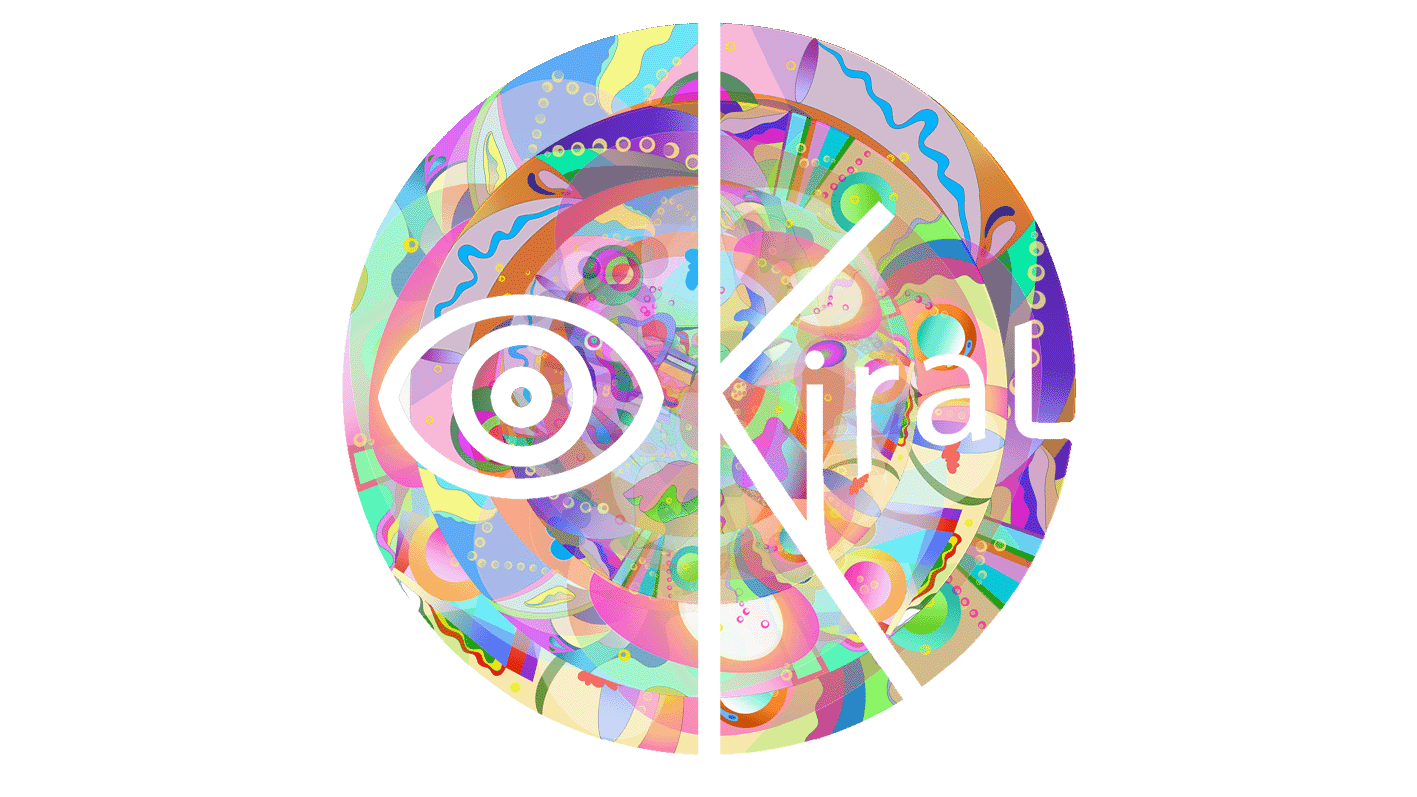CHIMEMORIA
From the formation of personal memories, through the encoding of memories in the form of digital data, to the constitution of a collective memory: there's no denying that digital technologies have reshaped the life cycle of our memories, and the way in which our collective memories are formed. The prevalence of digitization has in fact led to a reduction in our memory capacity, through the generalization of memory externalization processes, and thus to the forgetting of memory, and paradoxically and simultaneously, to the forgetting of forgetting, thus disrupting the "natural" selection process that shapes our collective memories. So how are our collective memories currently constituted? As we are confronted with an infinite number of memories that can be accessed with a few clicks, is the selection of "strong" memories - i.e. shared memories that will stand the test of time - destined to be done manually? And by whom? Have we moved from a memory oligarchy to a memory democracy? Or have we mutated into a new oligarchy? Governed by whom? Or does the digitization of our memories simply mean the death of collective memories, crushed by an infinite number of autobiographical memories? Or, conversely, does the digitization of our memories mean the advent of a single, infinitely expansive collective memory?
The question of the fate of collective memories is not one to be taken lightly. Far from being passive or negligible, they are the building blocks of our contemporary society: the lessons of the past guide the construction of our present and our future.
Collective memory forms the basis of our reality. Paradoxically, however, our autobiographical memories, which feed into collective memories, are not real in themselves. Autobiographical memory is in fact malleable and endowed with a profoundly imaginary character: "The very mechanism of memory which, by taking the path of the imaginary, clears the way for erasure: divestment of the present itself, oblivion belongs to the gesture which brings memory back to the abyss of the image ".
Age, or time, in fact resculpts our natural memory: it has been proven that the brain creates false memories based on fictitious scenarios according to their degree of probability, thus dissolving the boundary between the real and the imaginary, allowing fiction to penetrate and even take over our reality.
Since our autobiographical memories are chimeras, our collective memories are built on the scaffolding of imaginary realities. So what does it mean to evolve in a world governed by chimerical collective memories based on fictitious personal recollections? How can we distinguish reality from the imaginary? Does it still make sense to make this distinction?
This leads to questioning our conception of notions of the real and the imaginary, and the hierarchies we construct on the basis of this dichotomy.
In current discourse, this dichotomy is already identified as being at risk, not because of the natural functioning of our memory, but because of the emergence of image- or text-generating artificial intelligence algorithms - a technology in fact intrinsically linked to the theme of memory, since it is based on the processing of data, and thus of digital memory traces, and threatens to transform our perception of reality and thus also affect the content of our autobiographical memories.
Interestingly, generative adversarial networks (GANs), the technology on which AI algorithms are based, work in a similar way to the human brain when it comes to creating false memories.
Thanks to the similarities between the functioning of autobiographical memory and AI, the latter can illustrate the natural process of memory deformation, and generate a discussion on our relationship to reality, to the fabric of our contemporary society and to our memory, bringing nuances to discourses concerning the relationship between truth, authenticity and digital contexts.





















